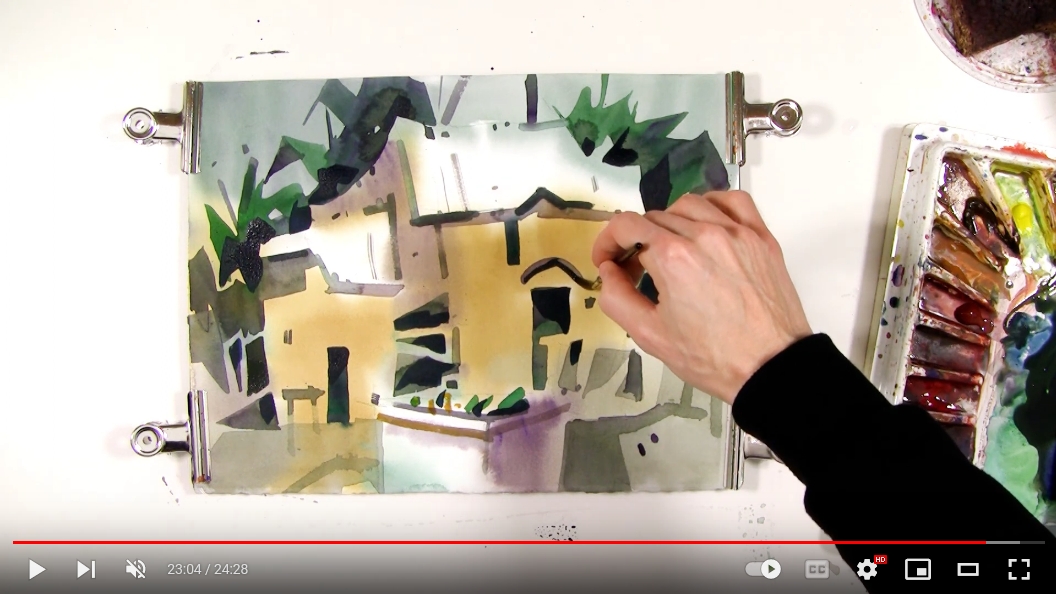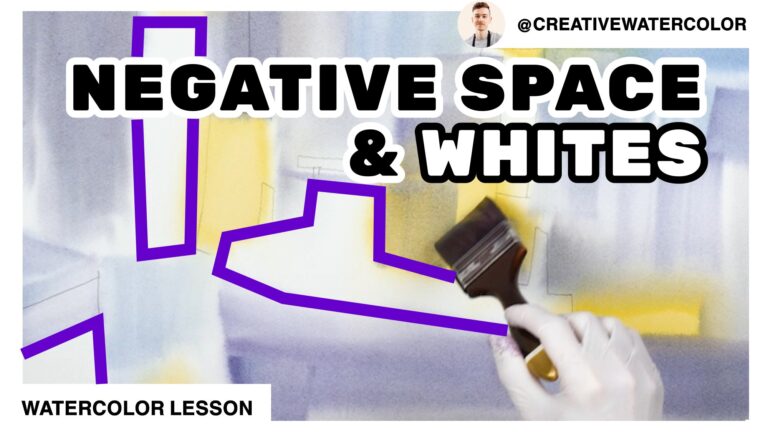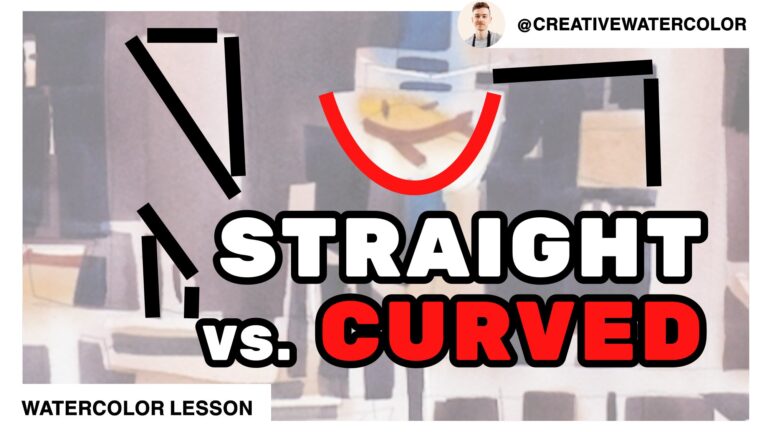How to simplify your watercolors – learn wet in wet technique in this short tutorial lesson. Learn how I simplify the painting process into a few simple steps in this video.
In many of my previous demonstrations I proposed that focusing on the bigger picture is what matters – namely establishing a pattern of shapes and values and working on the painting in its entirety.
Today I would like to expand on the idea of focus by tying it to the concept of simplicity. Establishing a correct focus is the first step. Simplicity then naturally follows. When we focus on the bigger picture, we look for shortcuts, ways to reach our goal most effectively and efficiently. To explain our idea simply is to strip away all that’s unnecessary. That is what we paint, after all: ideas. We are not painting things or we wouldn’t be artists. Our focus should allow us to clear our mind and strip it from all that’s not vital to our idea.
This attitude then reflects in the painting process as well. One of my favorite ways to simplify the painting process it is to begin my painting with a wet into wet wash.
This wash has several functions: it allows me to easily reserve my whites by establishing a midtone over the whole painting, and since I paint wet into wet, it is a single midtone, varied in color, yet connected throughout, tying the whole painting together. When this first wash is dry, definition can be introduced by applying a dark midtone. Calligraphy can also be introduced at this stage. Final touches of darkest darks are painted last.
Introducing this process already during the planning stages can be very helpful. Sketch out your shapes, decide on your reserved whites, tie everything together by putting down a midtone with a soft pencil over the whole sketch, disregarding your shapes and objects they represent. Then further define them by adding a dark midtone where necessary. Avoid details. Simplify.




